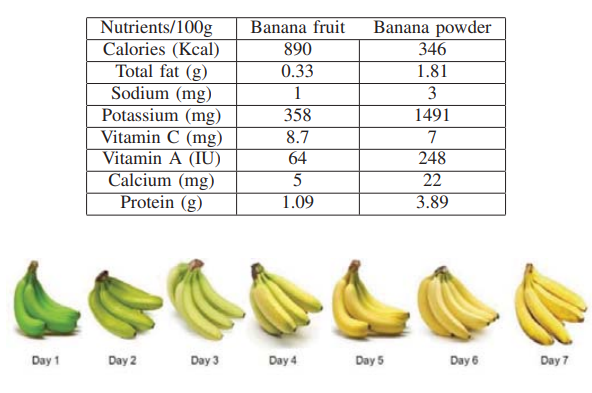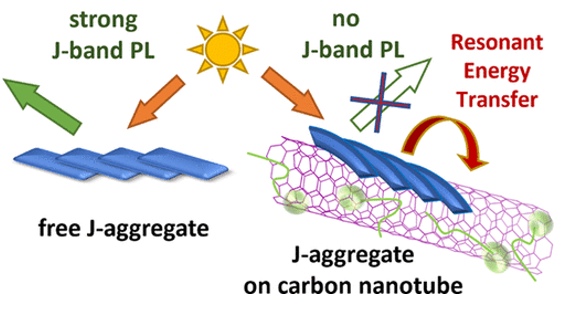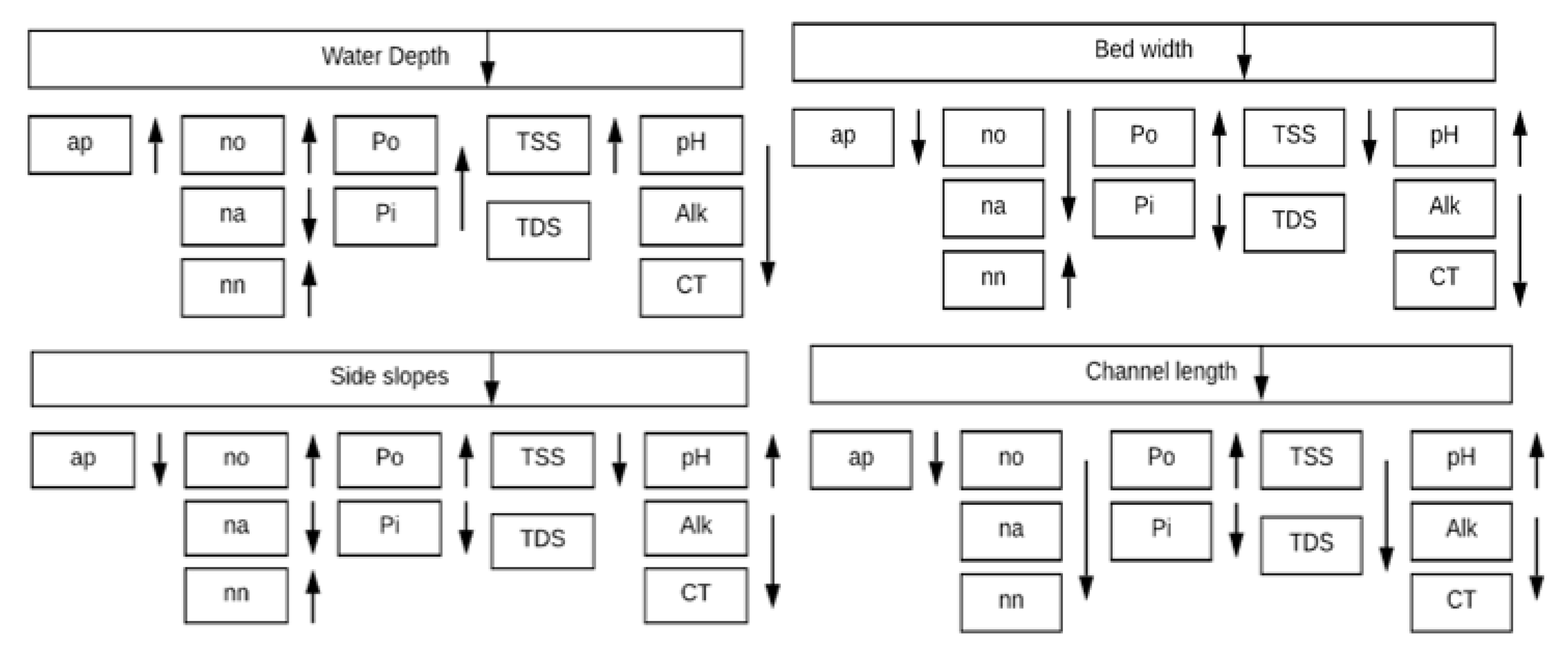Breadcrumb

Banana ripening and corresponding variations in bio-impedance and glucose levels
This paper studies banana fruit ripping using the Cole-impedance model fitted over the measured bio-impedance data by monitoring the changes in the model parameters during the different ripping stages. A set of twenty bananas are tested for 84 hours, and impedance measurements are done every 12 hours using an SP150 electrochemical station. The changes in model parameters are related to the physical changes in the fruit as well as with the glucose concentration, which increases with time. © 2019 IEEE.

Extracting Optimized Bio-Impedance Model Parameters Using Different Topologies of Oscillators
This paper demonstrates the possibility of extracting the single-dispersion and double-dispersion Cole-bio-impedance model parameters using oscillators (sinusoidal or relaxation). The method is based on replacing selected components in the oscillator structure with the biological sample under test and then using the Flower Pollination optimization Algorithm (FPA) to solve a set of nonlinear equations in order to extract the unknown model parameters. Minimum component sinusoidal oscillators and relaxation oscillators are used in this work and experimental results on three samples of four

Memristive Bio-Impedance Modeling of Fruits and Vegetables
Recent works show that the plants can exhibit nonlinear memristive behavior when excited with low-frequency signals. However, in the literature, only linear bio-impedance models are extensively considered to model the electrical properties of biological tissues without acknowledging the nonlinear behavior. In this paper, we show with experiments, for the first time, the pinched hysteresis behavior in seven fruits and vegetables including tomato, orange, lemon, aubergine, and kiwi which exhibit single pinch-off point, and others such as carrot and cucumber exhibit double pinch-off points (i.e
Towards evolving sensor actor networks
Sensor Actor NETworks (SANET) represent a major component of ubiquitous service environments promising interesting solutions to a wide range of problems. Despite the obvious increase in the research activities proposing architectures and protocols for SANETs, we are still no where near the production of industrial-grade SANET software that can be relied upon for mission critical applications. The cost of programming, deploying and maintaining SANET environments is still highly prohibitive due to the lack of industrial tools capable of realizing adaptive SANET software in a cost effective way
Chitosan and EDTA conjugated graphene oxide antinematodes in Eggplant: Toward improving plant immune response
A new strategy regarding the fabrication of chitosan (CS) or ethylene diamine tetraacetic acid (EDTA) on graphene oxide (GO) was performed. The nematocidal potential against Meloidogyne incognita causing root-knot infection in eggplant was tested. The plant immune response was investigated through measuring the photosynthetic pigments, phenols and proline contents, oxidative stress, and antioxidant enzymes activity. Results indicating that, the treatment by pure GO recorded the most mortality percentages of M. incognita 2nd juveniles followed by GO-CS then GO-EDTA. In vivo greenhouse

J-aggregates of amphiphilic cyanine dyes for dye-sensitized solar cells: A combination between computational chemistry and experimental device physics
We report on the design and structure principles of 5,5′-6,6′-tetrachloro-1,1′-dioctyl-3,3′-bis-(3-carboxypropyl)-benzimidacarbocyanine (Dye 1). Such metal-free amphiphilic cyanine dyes have many applications in dye-sensitized solar cells. AFM surface topographic investigation of amphiphilic molecules of Dye 1 adsorbed on TiO2 anode reveals the ability of spontaneous self-organization into highly ordered aggregates of fiber-like structure. These aggregates are known to exhibit outstanding optical properties of J-aggregates, namely, efficient exciton coupling and fast exciton energy migration
Recent Trends of Recycled Carbon-Based Nanomaterials and Their Applications
“There’s Plenty of Room at the Bottom: An Invitation to Enter a New Field of Physics” said Richard Feynman in 1959, this lecture opened the way to the new field of science which we know today as nanotechnology. Materials’ manipulation at a very small size, ranges from 1 to 100 nm (nanoworld or the nano-edge) is well-known as nanotechnology. Since then, a lot of investigations and research were devoted by many researchers around the globe to keep an eye on the different properties and behavior of nanomaterials. Materials with at least one nanoscale dimension are called nanomaterials that have

Layer-by-layer preparation and characterization of recyclable nanocomposite (CoxNi1−xFe2O4; X = 0.9/SiO2/TiO2)
Titanium dioxide (TiO2) nanocomposites have been extensively employed in many fundamental optoelectronic and photocatalytic applications due to their outstanding optical, electronic and chemical properties. In the present work, we introduce a simple layer-by-layer approach to design a magnetic TiO2 nanocomposite that could be easily recycled using an external magnetic field without affecting its quantum efficiency. The crystallinity, size, surface area, stability, morphology, purity and other optical, thermal and magnetic properties of the composite have been investigated. Surface topology

Studying the effect of channel geometry on different water quality variables for effective designs and waste allocation plans for waterways
It is necessary to study the parameters that affect water quality in order to devise mitigation measures if water quality would be at risk or negatively affected by those parameters. Those parameters are physical, chemical, biological, and hydraulic characteristics. This research will study the effect of channel geometry on different water quality variables, which is important in designing new irrigation canals in order to see how its geometry will affect water quality and lessen any negative impact if possible also this study could aid in designing more reliable waste allocation plans for
Fractional-order bio-impedance modeling for interdisciplinary applications: A review
Bio-impedance circuit modeling is a popular and effective non-invasive technique used in medicine and biology to fit the measured spectral impedance data of living or non-living tissues. The variations in impedance magnitude and/or phase at different frequencies reflect implicit biophysical and biochemical changes. Bio-impedance is also used for sensing environmental changes and its use in the agriculture industry is rapidly increasing. In this paper, we review and compare among the fractional-order circuit models that best fit bio-impedance data and the different methods for identifying the
Pagination
- Previous page ‹‹
- Page 3
- Next page ››
